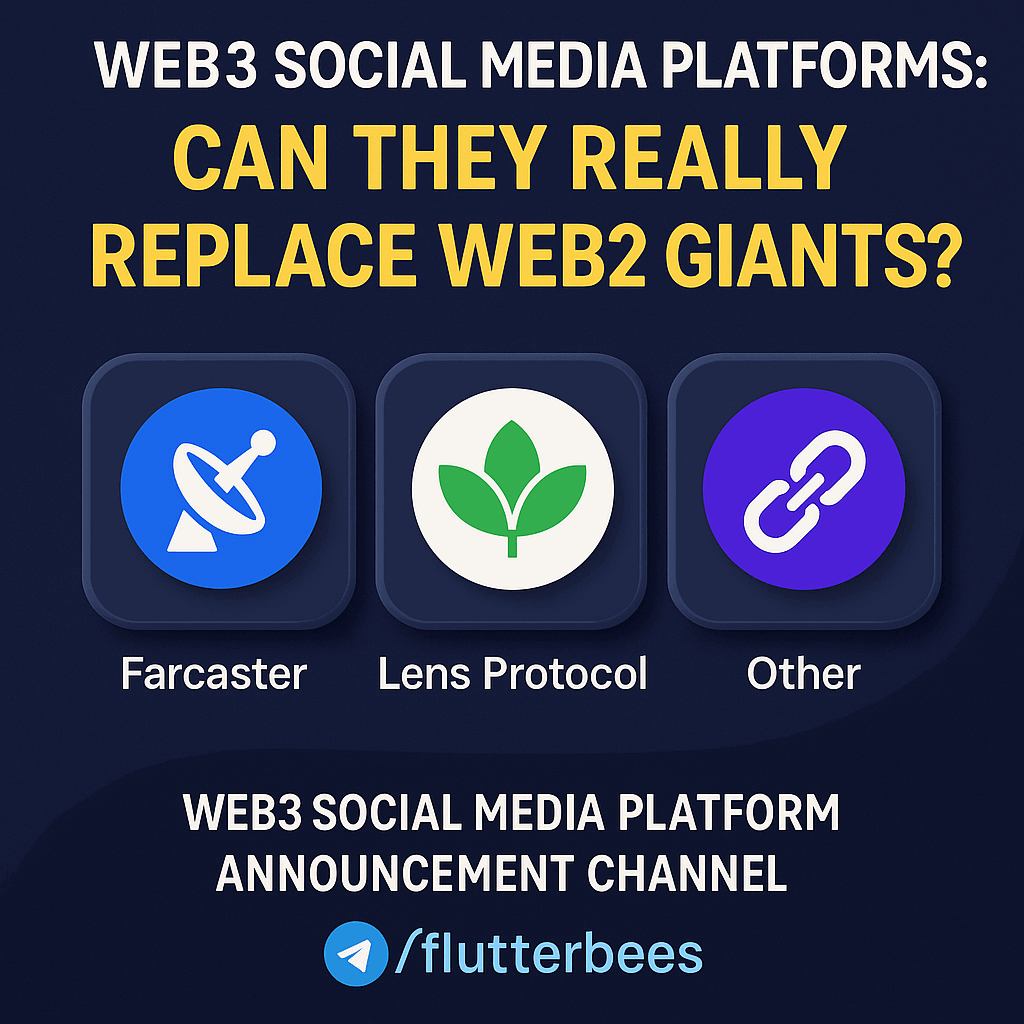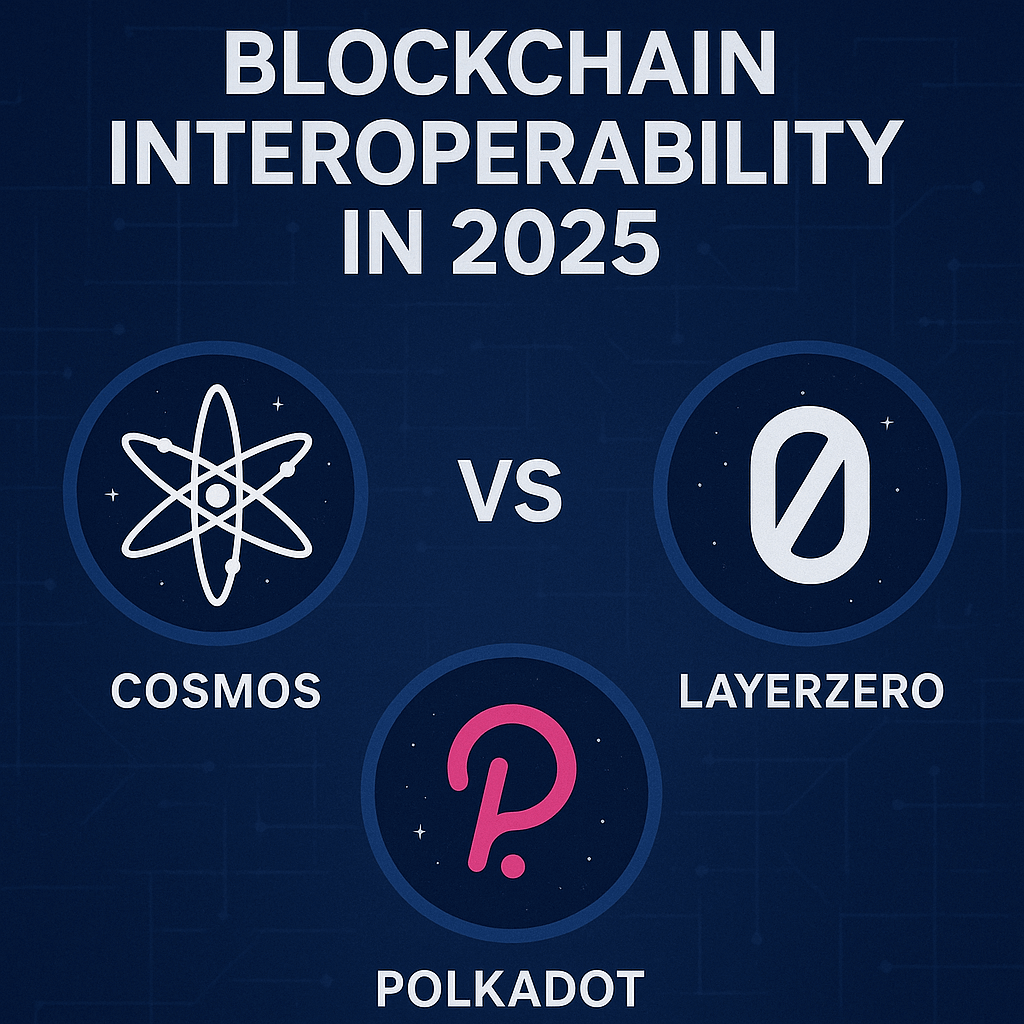Web3 Social Media Platforms: Can They Really Replace Web2 Giants?
As data privacy concerns rise and centralized platforms face increasing scrutiny, a new wave of Web3 social media platforms is emerging—promising to reshape how we connect, share, and earn online. Platforms like Farcaster, Lens Protocol, and others are pioneering a decentralized approach to social networking, where users, not corporations, control their data and monetization opportunities.
But the real question remains: Can these Web3 alternatives truly replace the Web2 giants like Facebook, Instagram, and Twitter/X?
The Problem with Web2 Social Media
Traditional (Web2) social media platforms have thrived by offering free access in exchange for user data. This centralized model has led to:
- Data misuse and privacy scandals
- Algorithmic manipulation of content
- Limited control over monetization for creators
- Platform-dependent identities that can be deleted or banned without recourse
For creators and users alike, these limitations have become deal-breakers.
Enter Web3: A Decentralized Alternative
Web3 social platforms operate on blockchain-based infrastructure, offering decentralization, ownership, and transparency. These networks are built with open protocols, smart contracts, and token-based incentives—creating an entirely new model for digital interaction.
1. Farcaster
Farcaster is a protocol for building decentralized social apps. It lets users own their identity and data, meaning you can switch between apps built on Farcaster without losing your content or followers. This interoperability is a stark contrast to the walled gardens of Web2.
2. Lens Protocol
Built on the Polygon blockchain, Lens Protocol allows developers to create scalable, user-owned social apps. It features modular design, so users can carry their profiles and followers across different Lens-based platforms. This kind of portable social graph gives unprecedented freedom to users and creators.
3. Other Notable Players
- Mastodon: A federated, open-source social network with increasing popularity.
- Bluesky: Backed by Twitter co-founder Jack Dorsey, offering decentralized protocols.
- Deso: A blockchain custom-built for social apps.
These platforms are experimenting with new monetization models such as NFT content, token tipping, and creator DAOs, empowering users to earn in ways not possible on legacy platforms.
Challenges to Mass Adoption
While the vision is compelling, Web3 social media faces several hurdles:
- User experience: Onboarding into Web3 still requires wallets and blockchain knowledge.
- Scalability: Blockchain infrastructure must handle large-scale user activity.
- Network effects: Web2 platforms still dominate attention and engagement.
- Content moderation: Decentralization brings complexity to managing harmful content.
These issues are actively being addressed, but they slow down the mainstream shift.
The Road Ahead
Web3 social media may not immediately dethrone Web2 giants, but the foundation is being laid for a paradigm shift. As awareness grows and UX improves, we can expect more users and creators to migrate to these fairer, user-centric platforms.
Stay Updated: Join the Web3 Social Media Conversation
If you’re interested in the latest developments in decentralized social media platforms, check out the Web3 Social Media Platform Announcement Channel: Flutter Bees. It’s a curated space to discover platform launches, protocol updates, and community insights in the fast-evolving world of Web3.
Conclusion:
Web3 social media is not just a trend—it’s a revolution in how we interact online. While the journey is just beginning, these platforms are poised to challenge the status quo by prioritizing user ownership, data privacy, and open innovation. Whether you’re a creator, developer, or casual user, it’s worth paying attention to this next digital frontier.







Post Comment